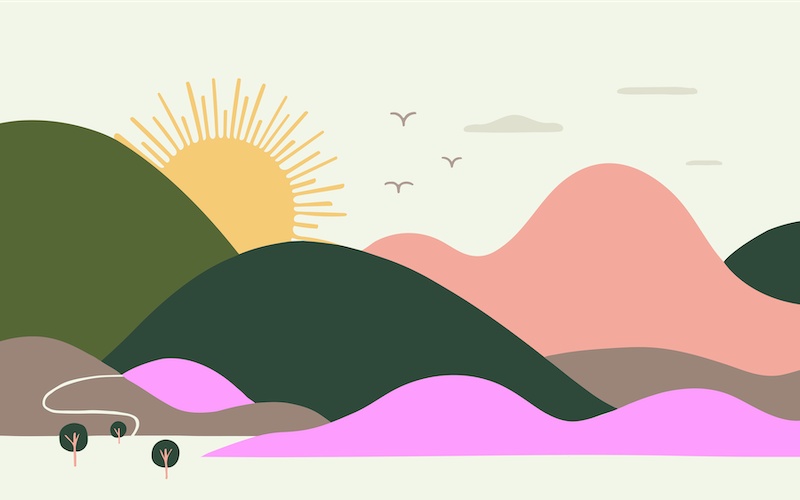Up is set to launch 'Up High', a new tier of banking for a monthly fee, offering more services.
Unless you’ve been hiding under a rock the last few years, you’ll have noticed the rise of subscription services. They’ve taken over how we consume media, music, and even news.
“I think it's a model that makes a lot of sense to people,” Up chief product officer Anson Parker told The Savings Tip Jar podcast this week.
While pricing remains under wraps, the free tier will stay.
“We didn't want to do it in a way where we are dropping a paywall on customers and making them pay for stuff," Mr Parker said.
“We really believe that apps should offer a really strong core experience out of the box that is free.
“But when you give people the option to pay for it, you can also then justify investing even more in certain features, that are perhaps more niche in nature.”
The exact details of Up High are still being worked out, with an 'early access' phase to go live later this year.
So far, tens of thousands of the bank's customers have shown interest in trying the service.
It’s just the latest new offering being pondered by the bank that grew from humble roots in a partnership between Bendigo Bank and fintech Ferocia.
Up now boasts more than 715,000 customers, $1.5 billion of deposits, and a home loan portfolio worth upwards of $74 million.
“Up has a really a wide range of customers,” Mr Parker said.
“From people that just enjoy finance: They enjoy budgeting, they belong to communities, it's sort of a big interest of theirs … they love Up.
“But we have a mass market too, that found Up as a really accessible and engaging way to get better at money, and they're not necessarily after those real ‘power-user’ features.
“As a product team, when you have these really passionate, loyal customers that want the product to keep getting more powerful and more configurable, you got to trade that off with having something that store the accessible and easy to use.
“I think a lot of the benefit [of a subscription model] will be features that we probably wouldn't have gotten around to developing if we didn't have a revenue stream to effectively justify them.”
Mr Parker noted the exact pricing and features of Up High are yet to be worked out, though Up has shared some early direction with customers.
It might include tools to automate consumers' finances, offer room to run small businesses, and include exclusive benefits like merchandise and access to special events.
“When we think the value is there and people are happy to pay for it, that's when we'll move to that monthly subscription,” he said.

Image: Anson Parker, Up chief product officer
Beyond having a subscription model banking offering in the works, Up stands out for some of its more eccentric deals and products.
The bank creates a monthly ‘radio’ playlist, offers the chance for customers to nab a free coffee on weekday mornings, has a program designed to help Aussies save their first $1,000, and has an anti-BNPL service called 'Maybuy' promoting delayed gratification.
Up home loan and joint account features
Up also caught the industry's attention when it revealed its home loan customers can hold as many as 50 offset accounts.
“The reason that we wanted that many was because that's how many savings accounts you can have on Up and we wanted people that got a home loan with Up to not have to completely reset and change the way they bank,” Mr Parker said.
“So, the savers will automatically flip over to offsets, which makes sense once you have a home loan.”
Up also treads a slightly different path when it comes to joint accounts, providing a product designed less for established couples and more for, say, newer relationships or housemates. It’s called 2Up.
The bank noticed people opening a joint account were typically in a partnership – perhaps married with kids and a house – and used it as a replacement from their own personal finances.
“We saw that as a real big limitation,” Mr Parker said.
“We saw for people in all different stages of relationships that have some component of shared expenses – it could just be splitting some Uber Eats and the Netflix bill … that maybe that level of collaboration could be something you would dial up and you wouldn't have to give away all of your own independence and privacy to make that happen.”
Images provided


 Harrison Astbury
Harrison Astbury
 Harry O'Sullivan
Harry O'Sullivan

